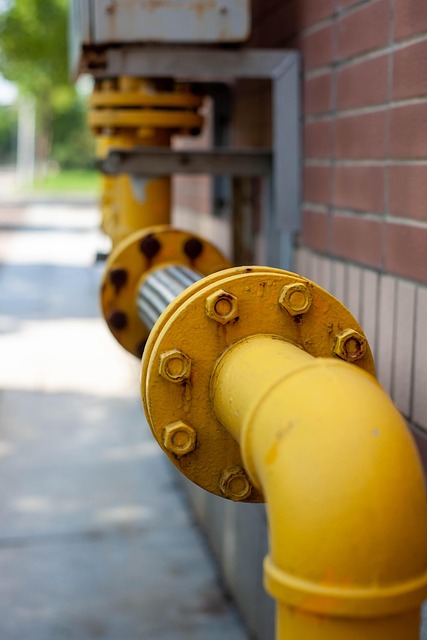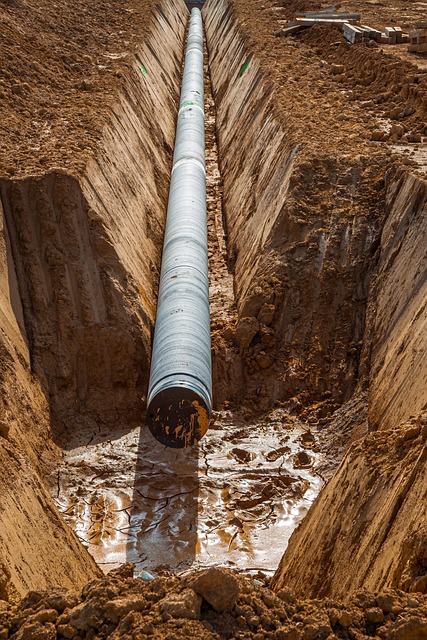DIY pipe insulation is an efficient, cost-saving home improvement that enhances water heating system performance, reduces energy bills, and speeds up hot water delivery. Using fiberglass insulation or insulated pipe covers, carefully measure and cut tubing to fit pipes, trim excess, and secure with tape or adhesive. This simple project offers comfort benefits while optimizing plumbing efficiency.
Looking to cut down on energy bills and get hot water faster? Insulating your hot water pipes is an effective and affordable way to boost heating efficiency. This guide delves into the significant benefits of pipe insulation, helping you navigate the various options available. We provide a comprehensive DIY approach to effectively insulate your pipes, ensuring optimal performance and potential cost savings. Discover how this simple home improvement project can make a substantial difference in your daily routines.
- Understanding the Benefits of Pipe Insulation
- Choosing the Right Insulation for Your Hot Water Pipes
- DIY Guide: How to Insulate Hot Water Pipes Effectively
Understanding the Benefits of Pipe Insulation

Insulating hot water pipes offers a multitude of benefits, making it a worthwhile DIY project for any homeowner. By wrapping your pipes with insulation, you can significantly boost the efficiency of your water heating system. This simple step ensures that less heat escapes from the pipes as they carry hot water throughout your home, resulting in reduced energy consumption and lower utility bills.
Moreover, DIY pipe insulation expedites the process of getting hot water to your faucets and showers. Insulated pipes minimize heat loss, ensuring that the water remains hotter for longer periods. This means shorter wait times for cozy showers and efficient heating, enhancing your overall comfort and satisfaction with your plumbing system.
Choosing the Right Insulation for Your Hot Water Pipes

When it comes to DIY pipe insulation, selecting the right material is key. The primary goal is to prevent heat loss and maintain water temperature, so choose insulation with a high R-value (a measure of thermal resistance). Fiberglass insulation is a popular choice due to its affordability and effectiveness in blocking heat transfer. It’s easy to install and can be cut to fit pipes of various sizes.
For added protection against moisture and mold growth, consider insulated pipe covers or sleeves designed for hot water applications. These not only provide insulation but also create a protective barrier. When choosing your DIY pipe insulation, always consider factors like climate, pipe material, and the length and diameter of your hot water pipes to ensure optimal performance and efficiency.
DIY Guide: How to Insulate Hot Water Pipes Effectively

Insulating hot water pipes is a simple yet effective way to boost your home’s energy efficiency and enjoy faster access to hot water. Here’s a DIY guide to help you get started. Begin by gathering the right materials, including pipe insulation in the appropriate size for your pipes, scissors or a utility knife, and a measuring tape. Cut the insulation to fit around each pipe, leaving about 10 cm of extra material on each side. Using a utility knife, carefully trim the excess insulation, ensuring it’s flush with the pipe.
Next, slip the insulated tubing over the exposed pipes, ensuring a snug fit. For added security, use fabric tape or a specialized pipe insulation adhesive to seal any gaps. This simple step will significantly reduce heat loss, allowing your hot water to stay hotter for longer and reducing energy wastage. Remember, proper DIY pipe insulation can make a substantial difference in both comfort and utility bills.
Insulating hot water pipes is a simple yet effective way to boost energy efficiency and enjoy faster access to hot water. By choosing the right insulation material and following a DIY approach, homeowners can significantly reduce heat loss, lower heating bills, and contribute to a more sustainable lifestyle. With this quick and manageable task, you can make a noticeable difference in your home’s comfort and your wallet’s health. Give it a try and reap the benefits of improved hot water performance!
